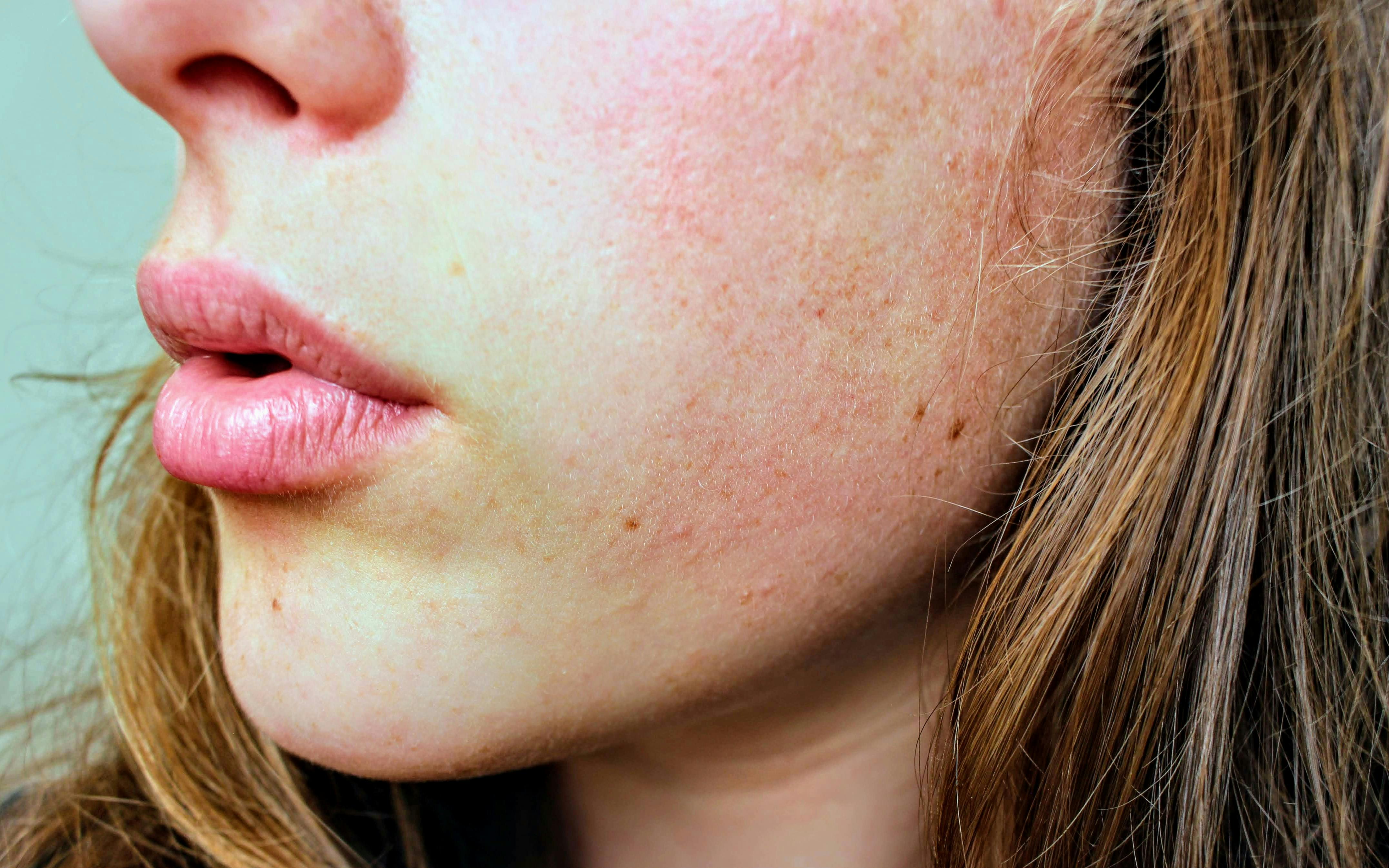Long-term hair reduction: what to expect with mechanical devices
Epilators mechanically pull hair from the follicle to yield smoother skin for extended periods compared with shaving. This article describes realistic long-term expectations, skin care considerations, device features to prioritize, and practical tips for safer, more comfortable use.

Epilators remove hair by grasping and extracting hairs from the root, which can deliver smooth skin for several weeks between sessions. Over months of consistent use many people notice intervals of slower regrowth and finer hair texture, though results vary by individual hair cycle and genetics. Understanding realistic timelines, how to care for skin before and after sessions, and which device features affect comfort and longevity helps set appropriate expectations for long-term hair reduction with mechanical devices.
How does hair removal with an epilator work?
An epilator captures multiple hairs with rotating tweezers or a spring mechanism and pulls them from the follicle. Because it removes hair at the root, the visible regrowth period is typically longer than shaving—often two to four weeks depending on growth patterns. Mechanical removal does not destroy the follicle, so permanent removal is unlikely; instead, expect gradual changes such as finer regrowth for some users. Timing treatments to match your hair growth cycle and maintaining a consistent schedule helps keep skin smooth between sessions.
How to care for skin and manage sensitivity?
Prepping skin reduces irritation and improves the epilation experience. Clean, dry skin without oils or heavy lotions helps the device grip hairs more effectively. After epilation, use gentle, fragrance-free moisturizers to soothe and hydrate, and avoid aggressive active ingredients for 24–48 hours if your skin feels irritated. People with high sensitivity should start with shorter sessions on low speed and perform a patch test on an inconspicuous area. If persistent or severe reactions occur, consult a dermatologist for tailored advice.
How to prevent ingrowns and use exfoliation?
Regular exfoliation helps prevent ingrown hairs by removing dead skin cells that can trap regrown hairs. Gentle physical exfoliation or low-concentration chemical exfoliants are useful one to three times per week depending on skin type; avoid daily aggressive scrubbing. When ingrowns appear, resist squeezing or picking to reduce infection risk. Topical products formulated for ingrown-hair care and consistent hydration can lessen recurrence. If an ingrown shows signs of infection—redness, warmth, pus—seek professional evaluation.
How to handle pain management and technique?
Pain management strategies include proper technique and small adjustments: hold skin taut, move the device against hair growth at a steady pace, and start on lower speed settings. Using an epilator after a warm shower when pores are more open can reduce discomfort. For some users, pre-application of cooling or topical numbing products is considered, but follow product instructions and consult a professional if needed. Over time many users report reduced sensitivity as the skin and hair adapt to regular epilation.
Are cordless models, battery life, and travel friendly features important?
Cordless epilators provide convenience for travel and use away from power outlets, but battery life and charge times vary by model. Look for reliable runtime specifications and whether the device supports use while plugged in for flexibility. Travel-friendly features include a travel lock, compact design, dual-voltage compatibility, and a protective cap for the head. Water-resistant models can simplify cleaning and allow use in the shower, but always verify manufacturer safety ratings for wet use.
What about precision, durability, maintenance, safety?
Precision depends on head design and attachments: smaller precision heads or trimming combs assist on delicate areas like the face or bikini line. Durability relates to motor quality and build materials; regular maintenance—cleaning the head after each use, drying components, and replacing worn parts—prolongs performance. Safety practices include avoiding epilation on broken or sunburned skin, not sharing devices to prevent cross-contamination, and following manufacturer cleaning and storage instructions. Proper care reduces complications and keeps the device functioning reliably.
This article is for informational purposes only and should not be considered medical advice. Please consult a qualified healthcare professional for personalized guidance and treatment.
Long-term hair reduction with mechanical devices is typically incremental rather than permanent. Many users gain longer intervals of smooth skin and may see finer regrowth, but outcomes depend on individual biology and routine. Prioritize technique, sensible pain management, and consistent skin care—exfoliation, moisturization, and monitoring sensitivity—to reduce ingrowns and irritation. Choosing a device with the right combination of precision, battery life, durability, and travel-friendly features will support a more comfortable, predictable routine over time.





